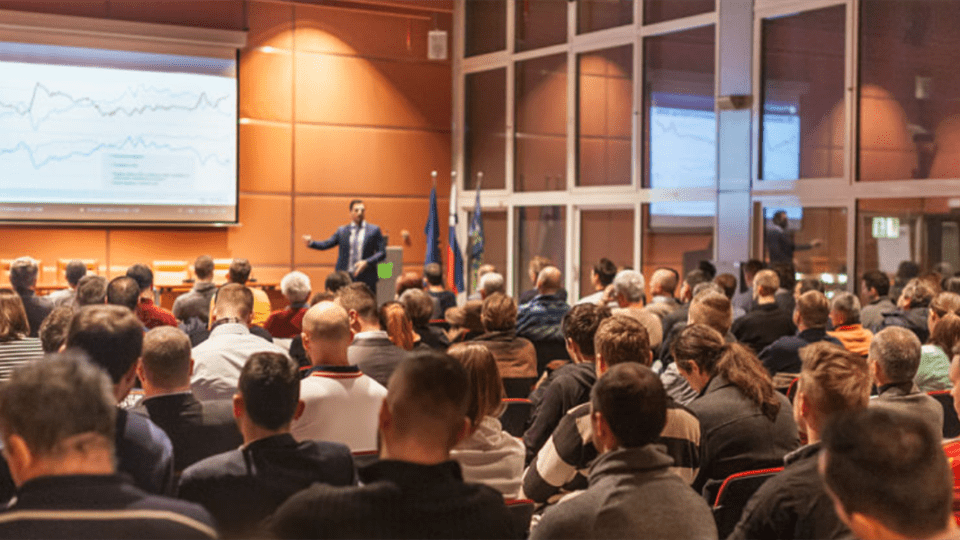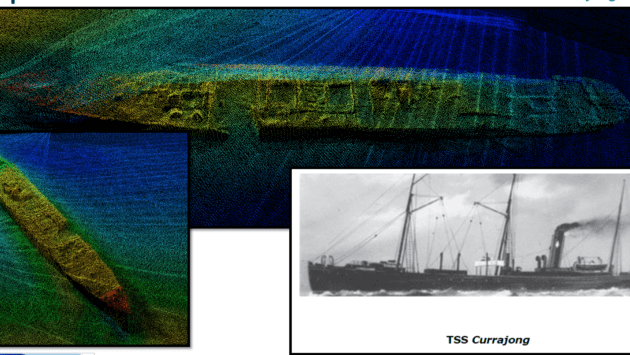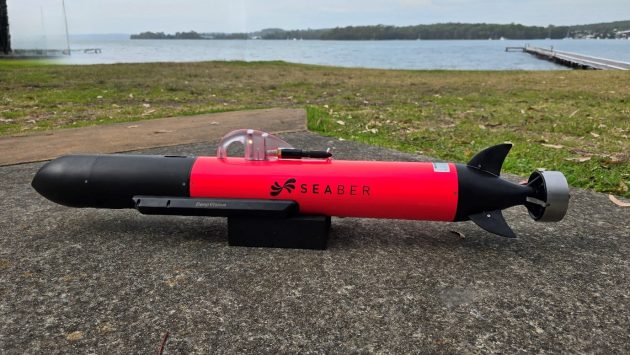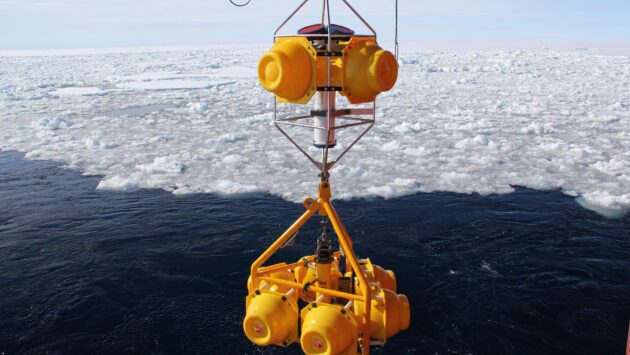Autonomous Oceans: Past, Present and Future
Autonomous Oceans: Past, Present and Future
BlueZone Group was pleased to support the SSSI NSW Hydrography Commission and Young Professionals to explore and discover how technology is changing the way we see the oceans. In an event “Autonomous Oceans: Past, Present and Future” members heard from start-ups patenting their equipment and young professionals looking to grow in a tough Australian market.
This was the second event in the ‘Captain Planet’ themed series that is aiming to encourage early career professionals in the spatial and surveying sciences to gain exposure to the way the discipline is saving the planet.
Speaker Andrew Durrant, CEO & Founder, Picsea, who looked at autonomous ocean systems in the past, what is currently available and what the future looks like, including how PicSea aims to achieve a step change in ocean data collection and what is possible in the next 10 years.
Tanya Whiteway, Director of Marine Resources, Advice and Information Section, Geosciences Australia spoke on collaborating to maximise Australian seabed mapping efforts. Geoscience Australia is facilitating a National Seabed Mapping Coordination Working Group which is a collaboration of Australian and New Zealand representatives from federal and state government, universities and industry. Driven by the principle of “collect once, use many times”, the group is developing a government priority plan for data acquisition in Australia, a national multibeam echosounder guideline and common seabed mapping tools, such as a survey register, that will be available on the web. Geosciences Australia is also collaborating nationally and internationally to develop a common geomorphic mapping approach for the interpretation of seabed data, and field manuals to standardise marine monitoring practices.
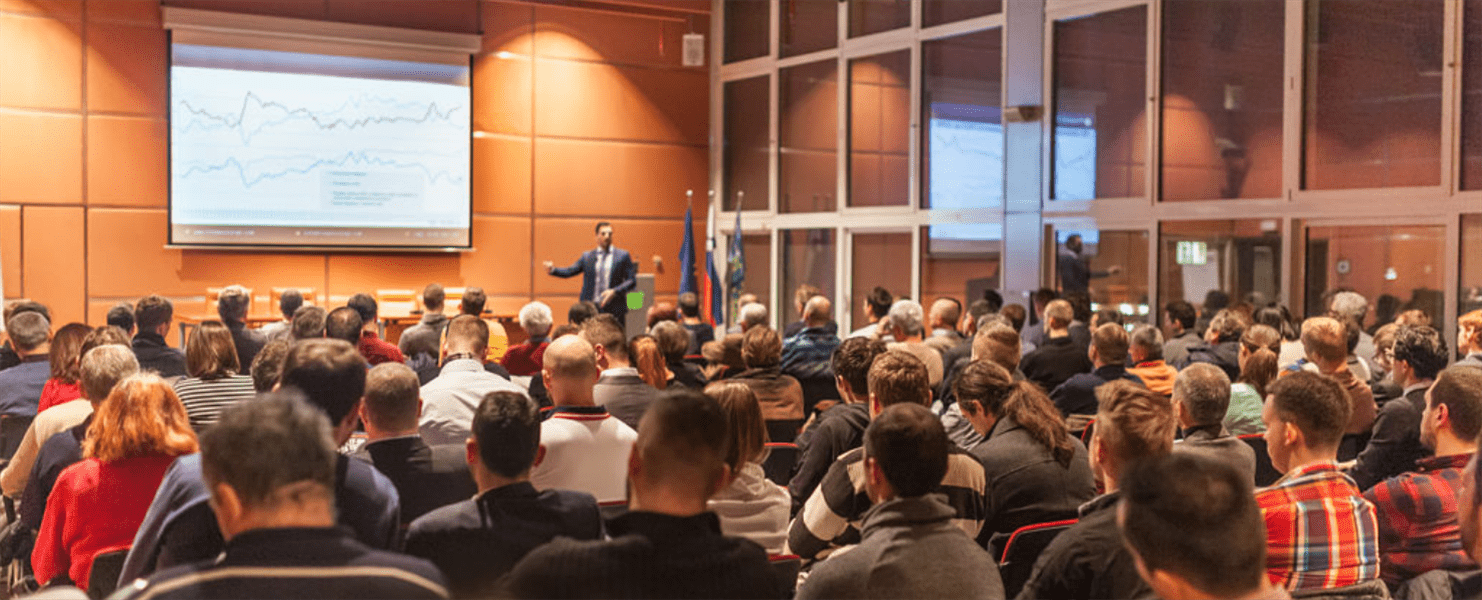 |
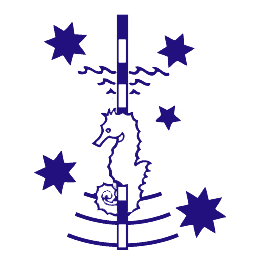 |

